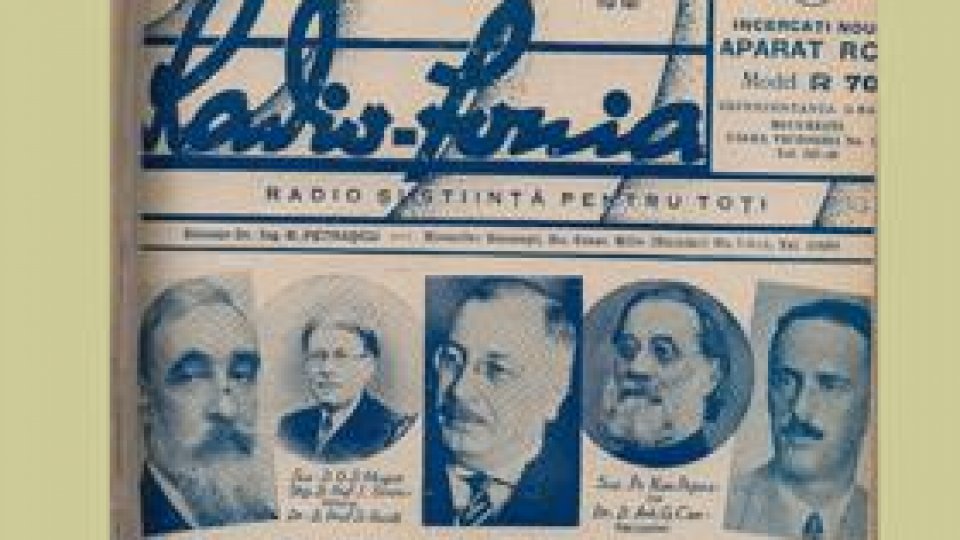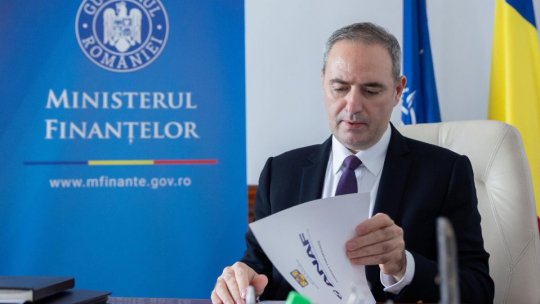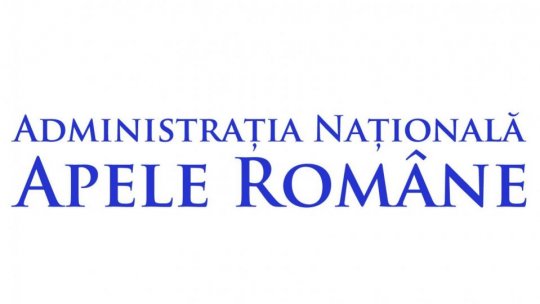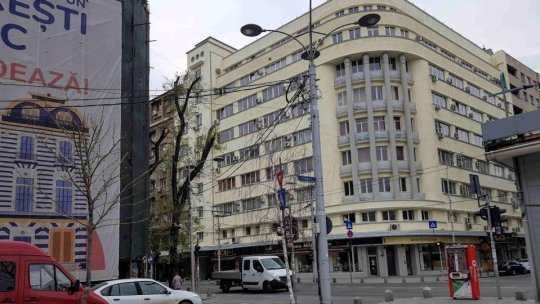Pages out of the history of the radio – Radio University
The Radio University programme, that began airing on the 1st of March 1930, represented a hub of activity for the Romanian intellectual elite.
15 Martie 2011, 10:32
The Radio University programme, that began airing on the 1st of March 1930, represented a hub of activity for the Romanian intellectual elite.
Radio University appeared at a time when the real universities were experiencing a period of crisis and brought along an innovative spirit that was missing from traditional schools.
Commenting on the situation at that time in what concerned higher education, the essayist and philosopher Mihai Ralea wrote: ‘Everyone agrees that there has been a steep decline of higher education.’
‘The professors are often selected based on political criteria and in some parts it seems that a sort of papal nepotism has set in, the positions being hereditary.
‘Competitions are rarely held. The professors are absentee, show a lack of interest in the profession and, as a result, a drastic amendment of the law had to be implemented, so that they could be called to duty.’
‘As for the students, while they come in greater number than in the biggest centres for higher education in the West, they are, in general, underprepared.
‘Some of those who are in their last years of study do not even possess the general high school knowledge.’
A hub of intellectual activity A true hub of intellectual activity during the inter-war period in Romania, Radio University represented a great challenge both for the audience, who had the opportunity to come into contact with the intellectual elite, as well as for the various presenters, who found themselves having to adapt their style and the topics of the talks so that the programmes could be understood by all listeners, who came from various social classes and had different levels of education, ranging from illiterate to intellectuals.
A true hub of intellectual activity during the inter-war period in Romania, Radio University represented a great challenge both for the audience, who had the opportunity to come into contact with the intellectual elite, as well as for the various presenters, who found themselves having to adapt their style and the topics of the talks so that the programmes could be understood by all listeners, who came from various social classes and had different levels of education, ranging from illiterate to intellectuals.
The lecturers were not seeking any material gain, but, quite to the contrary, they wished to fulfil some ideals, so that ‘without becoming didactic or rural, a radio station could serve a greater number of people and share with them, through this unexpected and enduring medium, the gifts of culture, in accordance with their degree of understanding and permanent needs.’
At the meeting held on the 26th of February 1930, the Board of Administration made the decision to set up a talk format programme called ‘Radio University’ and established that all the texts which were to be aired live must be presented beforehand.
The topics of the lectures were to be decided upon by the Board of Administration, but afterwards a special coordinating committee was formed, consisting of D. Gusti, V. Vâlcovici, G. I. Siseşti and Tudor Vianu.
 |  |
| D. Gusti | Tudor Vianu |
Airing on the 1st of March 1930, Radio University thus became a way of coming into contact with the general public and particularly with those who had a limited access to the written culture, to prose, poetry, theatre, but also geography, history, music, folklore and other sciences.
The radio is therefore the one to thank for the emergence of an increasing number of literary works, of books of memoirs and newspapers, without which the Romanian cultural scene would be undeniably poorer. ‘The radio is press and book, theatre and music, pulpit and dais. Without being restricted to books, it represents a new arena, a new podium that, by cutting back on institutions and people, gives the act of culture a permanent quality.’
‘The radio is press and book, theatre and music, pulpit and dais. Without being restricted to books, it represents a new arena, a new podium that, by cutting back on institutions and people, gives the act of culture a permanent quality.’
Among the individuals who have had a significant contribution to the development of the Romanian cultural heritage and who have been in front of the microphone of the Radio University as permanent collaborators we can name: Grigore Antipa, Tudor Arghezi, Dan Botta, Nichifor Crainic, Petru Cormanescu, Mircea Eliade, Gala Galaction, Constantin C. Giurescu, Octavian Goga, Nicolae Iorga, Eugen Lovinescu, Constantin Noica, Petre P. Panaitescu, Ovidiu Papadima, Cezar Petrescu, Ioan Petrovici, Ion Pillat, Sextil Puşcariu, Constantin Rădulescu-Motru, Mihail Sadoveanu, Tudor Vianu, Mircea Vulcănescu, Radu Vulpe and many others.
Audio: Tudor Arghezi, "right words. " Publishing House 2010 Radio Bucharest.
Audio: Octavian Goga. Beginning of the decade.
Audio:Nicolae Iorga at Radio. Civilization and Tradition in 1929. Pages of Nicolae Iorga. Tips on darkness. Radio Publishing House, Bucharest 2002.
 |  |  |
| Tudor Arghezi | Constantin C. Giurescu | Nicolae Iorga |
Schedule and topics
Radio University was a daily broadcast made up of talks on widely varying topics.
You can find more details about the broadcast from the lecture given by Dimitri Gusti, the president of the Board of Administration, entitled: ‘The role of the Romanian radio.’ Therefore: ‘…every day, from 7 to 8 P.M, two or three lectures, ranging from 20 to 30 minutes, will be broadcast.’
Therefore: ‘…every day, from 7 to 8 P.M, two or three lectures, ranging from 20 to 30 minutes, will be broadcast.’
‘These talks or lectures will be aired according to a well established plan, meaning that, every day, from 7 to 8, the evening will be dedicated to a certain area of culture. Here are the subjects:
‘From 7 to 8 on Monday: science in general; on Tuesday: literature, language and folklore; on Wednesday: social sciences, lato sensu (meaning economic, agrarian, financial, social, judicial matters) and politics; on Thursday: music, musical folklore and art; on Friday: philosophy and religious life; on Saturday: history, geography and tourism; on Sunday: education, health and the culture of the people. This activity turns Romanian radio, from 7 to 8, into a special university that I think we could call Radio University.’
Broadcasting each day two or even three lectures, with a relatively short duration (20-30 minutes), having widely varied and engaging topics, as well as the thematic continuity had, right from the start, eliminated the boredom factor, that could have been an obstacle for the audience in successfully taking in the message.
If only a single, one-hour lecture had been broadcast, the programme would have surely become monotonous, the listeners would have grown bored and the programme would not have reached its goal.
Having seven cultural subjects, distributed in the seven days of the week, was not intended to impart: ‘superficial encyclopaedic knowledge, the perquisite of the vain and presumptuous half-learned but to awaken the consciousness for a personal and national view on life.’
In the summer of 1930, there were talks of creating special programmes, more relaxed and suited for the summer time. Radio University took the name Summer Radio University and in the new programme, the lectures revolved around a seasonal theme, particularly tourism, going to the mountains, to the seaside and famous trips.  In 1933 new changes were brought to the structure of the programme, as new topics were introduced: agriculture and animal husbandry on Sunday, life and craftsmanship on Monday, literature and popular culture on Tuesday, economic and social politics on Wednesday, philosophy and religion on Thursday and arts, theatre and music on Friday.
In 1933 new changes were brought to the structure of the programme, as new topics were introduced: agriculture and animal husbandry on Sunday, life and craftsmanship on Monday, literature and popular culture on Tuesday, economic and social politics on Wednesday, philosophy and religion on Thursday and arts, theatre and music on Friday.
Along with the establishment of the communist regime, the radio programme underwent some changes concerning the content of the broadcast.
Radio University maintained a low profile for a period of time, until 1963, when, in accordance with science journalism, it was connected to the issues in production at that time.
It began to broadcast again in January 1963 and tackled four areas of modern technology: metallurgy, chemistry, energetics and industrial electronics.
During this time, the programme took the name of ‘Technical Radio University’ and was broadcast three times a week, from 6 PM.
At the end of the month, it was also aired by the Romanian Television channel, beginning with the 31st of January.
Thirty years later, in 1993, Radio University once again returned to the programme line-up of România-Actualităţi, on the 4th of October from 9 PM, following the schedule:
Tuesday – lectures concerning ‘the origin and evolution of life’;
Wednesday – lectures on literary topics;
Thursday – talks on management topics;
Friday – lectures regarding historic Romanian cultural centres that were produced by making use of the Radio’s archival collection.
Translated by: Diana Maftei
MA Student, MTTLC, Bucharest University














